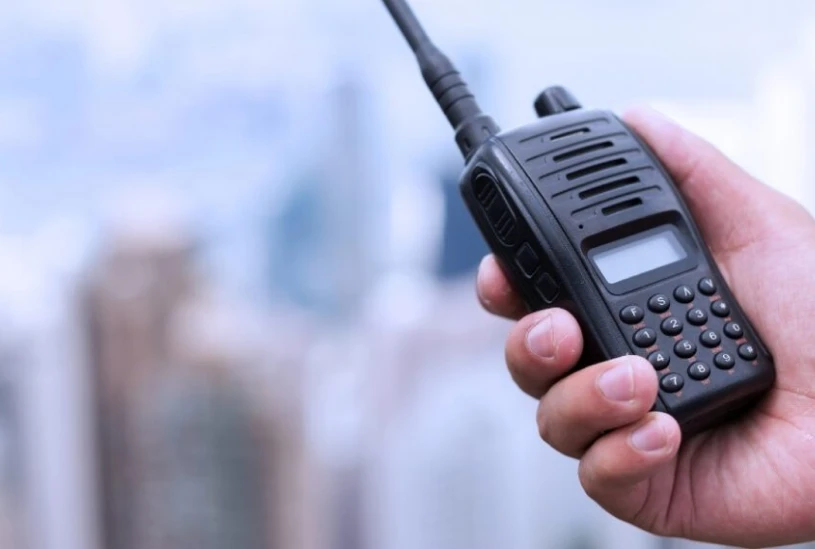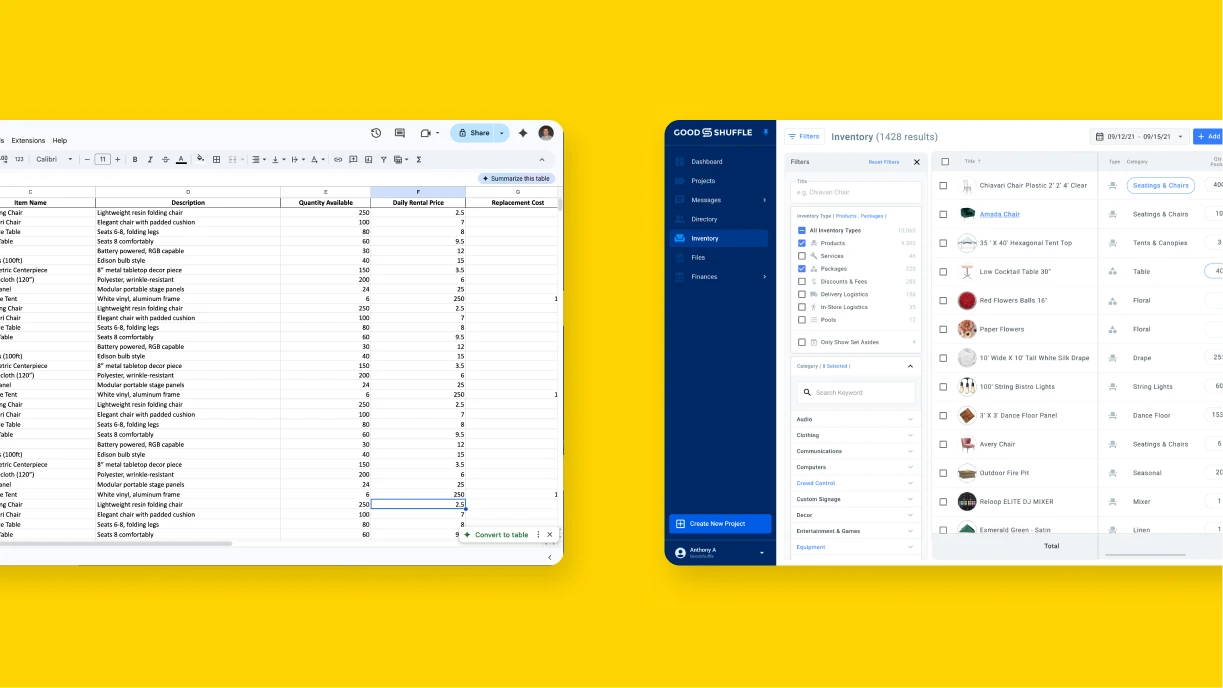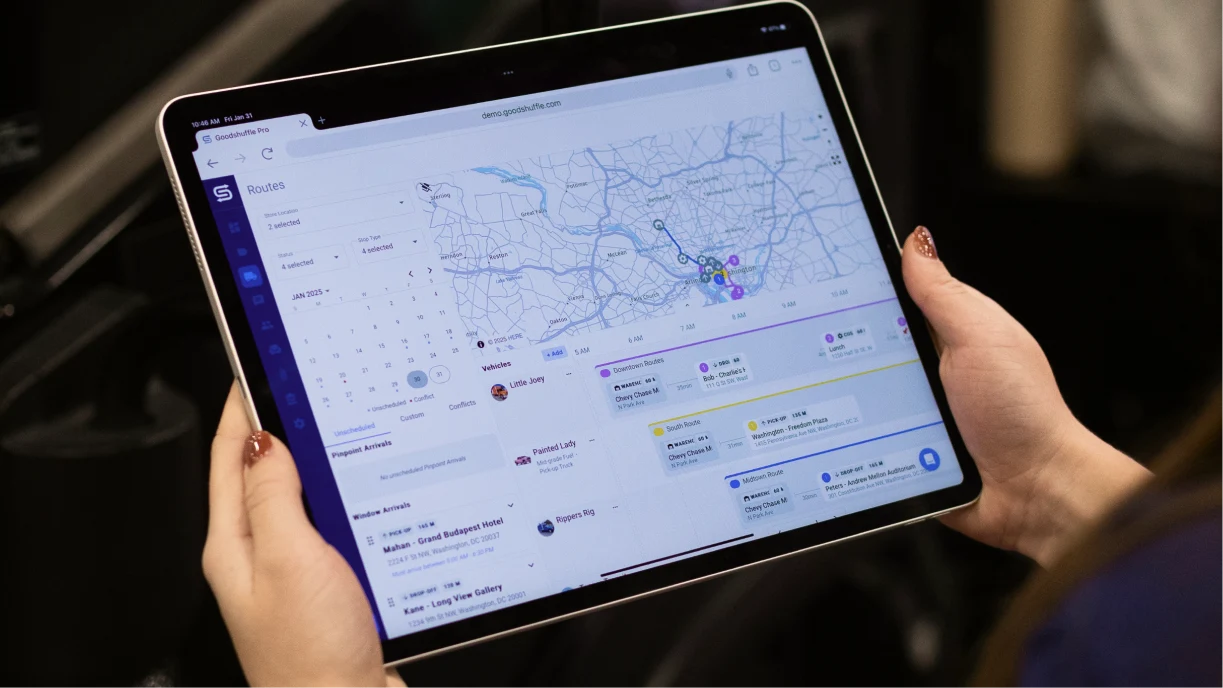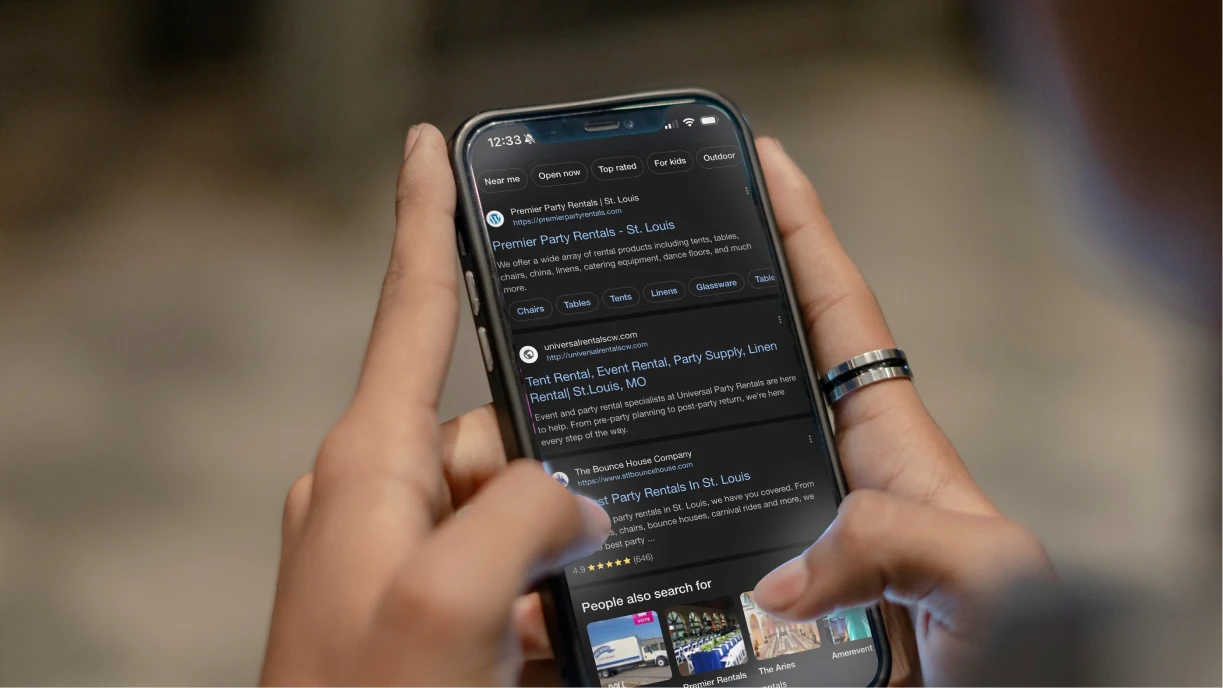One of the best event business tips is to invest in radios or walkie-talkies for your team. They’re a great way to establish open communication during an event and make for seamless execution. Want to learn the ins and outs of event radios? Read on for helpful tips!
Why Use Radios?
You’re probably asking yourself: Why do I need radios to run my event? Why can’t everybody just communicate through texting or calling on cell phones? While it is possible to run an event just through cell phones, that’s not the most efficient or practical way. Texting takes time, precious time that you can’t afford to lose. Calling only allows you to talk to one person at a time. Radios, on the other hand, allow you to instantly get in contact with any other person on site with a radio. No wasted time texting things out or searching through your contacts for the person you’re trying to call.
Picking the Proper Radio
There are many types of radios out there and it can be difficult to know which one will work best for your event. MetroTalk provides a free trial with their demo radios which allows you to have full access to MetroTalk’s inventory in order to ensure the best product is being used for your event.
For example, did you know that radio coverage can be different depending on if you’re holding the radio in your hand versus having the radio on your hip? During the free trial, you will have access to all the accessories and types of radios available at MetroTalk. In addition, the free trial will also allow you to determine if you need a repeater or not. Repeaters are used to increase the radio signal throughout the venue. A commercial radio has a standard range of 1-2 miles in the desert and 1-2 blocks in the city. With a repeater, the signal increases to cover a larger area so long as the repeater is placed in a central location in the venue.
Radio Etiquette/Lingo
If you’ve never used a radio before it can be overwhelming at first. Use the Radio Etiquette guide below to help you and everybody else at your event use a radio effectively and efficiently.
With multiple people talking on the radio it can easily get confusing who is talking to whom and which conversation you’re a part of. Follow these steps to prevent your radio conversations from turning to chaos.
1) Listen for 5 Seconds
It’s important to make sure that there is not already a conversation going on before you start to talk. Listen to the radio for 5 seconds before you start a new conversation. If a conversation is already taking place then do not hit the talk button. Whenever anyone hits the talk button, it interrupts the conversation and they have to start from the beginning.
2) Caller ID
Unlike smartphones, radios do not have caller ID to tell you who is talking. That is why you have to state your name so that way people will know who is talking. To start a conversation you need to let people know who you are and who you want to speak to. Start by saying your name and then say the person’s name you are trying to reach. Pretend you are Sally and you are trying to reach Drew. Into the radio you would say, “Sally to Drew”.
3) Answering the Call
Now it is Drew’s turn to acknowledge that he heard you and is ready to listen. While this may seem silly and over simplified, once an event is in full swing people tend to tune out the radios unless they specifically hear their name. Unless a person responds back, there is a good chance that they will not hear the statement and frustration will start to spread across the event. Drew will respond, “Go for Drew”.
4) Deliver the Message
After all the “introductions”, now is the time to say what you need to say. Remember to keep the message clear and to the point. Sally will say, “Can you move two tables to under the reception tent?”
5) Confirm Receipt
In order to make sure that Drew understands the conversation and that it is over, there needs to be a formal ending. This also lets other people know that they can now start a new conversation. Drew will say, “Copy that”.







